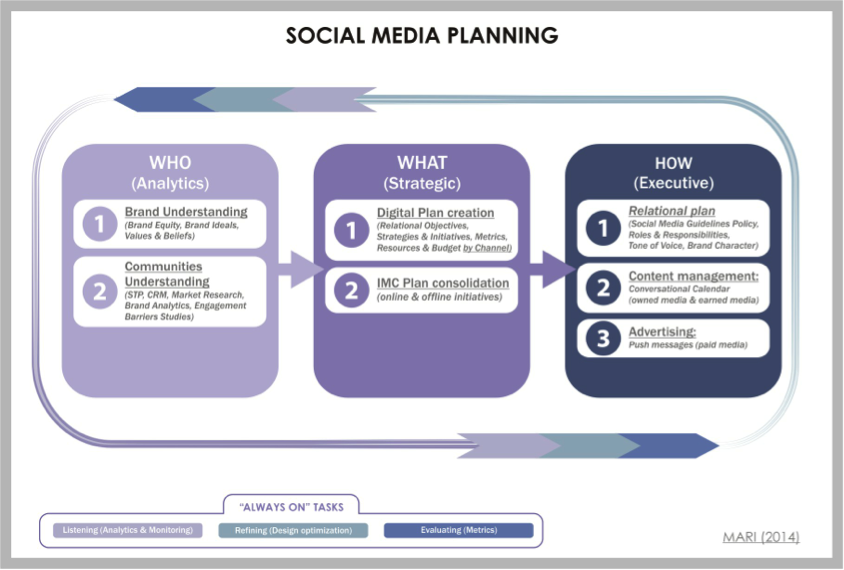Facebook Fans vs. Brand Lovers
The non-realization by brand managers that consumers engagement is something they should be aiming at ONLY after the user knows the brand, has considered its values and benefits, has tried the product and have shown certain level of interest to it, makes the online communication particularly ineffective.
Consider the example of an advertisement regarding a contest run by a new beauty product that offers tickets to events for those who share details of their beauty routine. This contest should, first of all, consider the consumer’s level of familiarity with the presented brand.
What stage of the relationship development process is the consumer at?
The best way to initiate a relationship is usually introduce yourself, show your personality and values, and make clear what you can offer (that is, the “benefits”).
Whenever a brand adopts a direct approach to engage with users that have zero familiarity with its products, there is a very high risk of having someone participate solely for economic reward.
A brand might risk being perceived as a “stalker” given the sophisticated re-targeting technics available to managers today. In this case, the sole purview of a manager should be to create a word-of-mouth effect that lasts for the duration of a campaign, some basic PR to show that the company is active online, and not building strategic relationships.
Fig. 1 - Fans vs. Brand Lovers
In the practitioners’ perspective, the concept of “Facebook Fans” has further simplified the practice of building strong relationship within online communities.
The common habit of acquiring as many consumers as possible via ads, even paying for fake “likes” whenever a marketing budget is not sufficiently high, has shifted the manager’s focus towards hard metrics (for example, the number of followers, the number of fans, the number of shares) rather than on the quality of the relationship built inside the platform. This trend was partially driven by brand managers’ need to show sound returns of social media investments.
The predominant use of numbers to measure the quality of relationshipsrepresents a myopic approach. Whenever a brand confuses fans with brand loyalists (or brand lovers), the long-term button-line results are severely biased.
In this case, a brand might have millions of fans and still face issues such as engagement, sales, and retention. According to Facebook (Nielsen, 2012), the platform population can be split into fans, friends of fans (increasingly important for the so-called “social advertising”) and potential fans. Consider a brand with 1 million fans on Facebook that wants to deliver content based on users’ familiarity with the brand, their needs and wants, current interests, products owned, etc. Currently, a community manager, whether internal or external to the company, has no tools with which to effectively create diversified messages among his 1 million fans. This limitation is a reflection on the effectiveness of online communication.
Alex Mari - Founder & Creative Director of BrandMate - www.brandmate.it




Comments